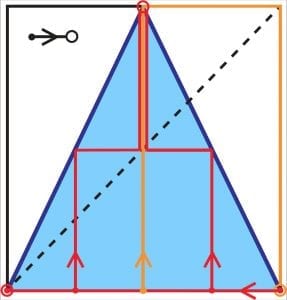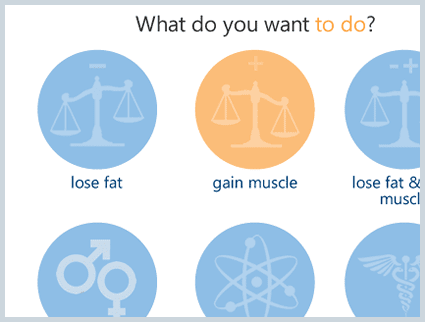
New research from North Carolina State University has found that combining digital and analog components in nonlinear, chaos-based integrated circuits can improve their computational power by enabling processing of a larger number of inputs. This “best of both worlds” approach could lead to circuits that can perform more computations without increasing their physical size.
Computer scientists and designers are struggling to keep up with Moore’s law, which states that the number of transistors on an integrated circuit will double every two years in order to meet processing demands. They are rapidly reaching the limits of physics in terms of transistor size – it isn’t possible to continue shrinking the transistors to fit more on a chip.
Chaos-based, nonlinear circuits have been proposed as a solution to the problem, as one circuit can perform multiple computations instead of the current “one circuit, one task” design. However, the number of inputs that can be processed in chaos-based computing is limited by ambient noise, which decreases accuracy. Ambient noise refers to random signal fluctuations that can be caused by temperature variations, voltage fluctuations or semiconductor defects.
“Noise has always been a big problem in almost all engineering applications including computing devices and communications,” says Vivek Kohar, postdoctoral research scholar at NC State and lead author of a paper describing the work. “Our system is nonlinear and so noise can be even more problematic.”
To address the problem, the researchers created a hybrid system which uses a digital block of AND gates and an analog nonlinear circuit to distribute the computation between the digital and analog circuits. The result is an exponential reduction in computational time, which means that the output can be measured while the noise-based deviations are still small. In short, the computations are performed so quickly that noise doesn’t have time to affect their accuracy.
To further improve the accuracy, Kohar and his colleagues’ proposed solution couples multiple systems. This coupling provides a safety net that reduces the effect of noise-based deviations at the final stage.
“Think about mountaineering,” says Kohar. “The climbers can climb individually but if one slips then he/she may have a dangerous fall. So they use ropes to connect them with each other. If one slips, the others will prevent their fall. Our system is somewhat like this, where all the systems are connected with each other all the time.
“The systems are tuned in such a way that at the time of measurement, our system is at the maxima or minima – the points where the effects of noise are low in general and much lower if the systems are coupled. Considering the mountaineering example again, this means that we take the averages of climbers when they are at resting locations like the peak or in a valley, where the distances between them are smallest.”
Learn more: Hybrid Digital-Analog Circuits Can Increase Computational Power of Chaos-Based Systems
[osd_subscribe categories=’chaos-based-Integrated-circuits’ placeholder=’Email Address’ button_text=’Subscribe Now for any new posts on the topic “MARS’]
The Latest on: Chaos-based integrated circuits
[google_news title=”” keyword=”chaos-based integrated circuits” num_posts=”5″ blurb_length=”0″ show_thumb=”left”]- Justices Seem Ready to Limit the 2020 Election Case Against Trump
Dreeben, a Justice Department lawyer arguing on behalf of the special counsel’s office, said the indictment laid out an “integrated conspiracy” in ... face an onslaught of charges from their rivals ...
- Ron Wyden Fears Congress Is About to Enable a Spying Dragnet
Mayor Daniel Biss cast the tie-breaking fifth vote due to the recusal of Northwestern employee Ald. Juan Geracaris, but one dismissed lawsuit argued that city code actually requires six votes for a ...
- Mary Sheehy Moe: Maximus’ human touch? De minimus
To borrow from Tolstoy, the fortunate all look alike. Misfortune, however, has a thousand faces. So when you’re trying to get the unfortunate back on their feet, you tailor solutions to the unique ...
via Google News and Bing News









